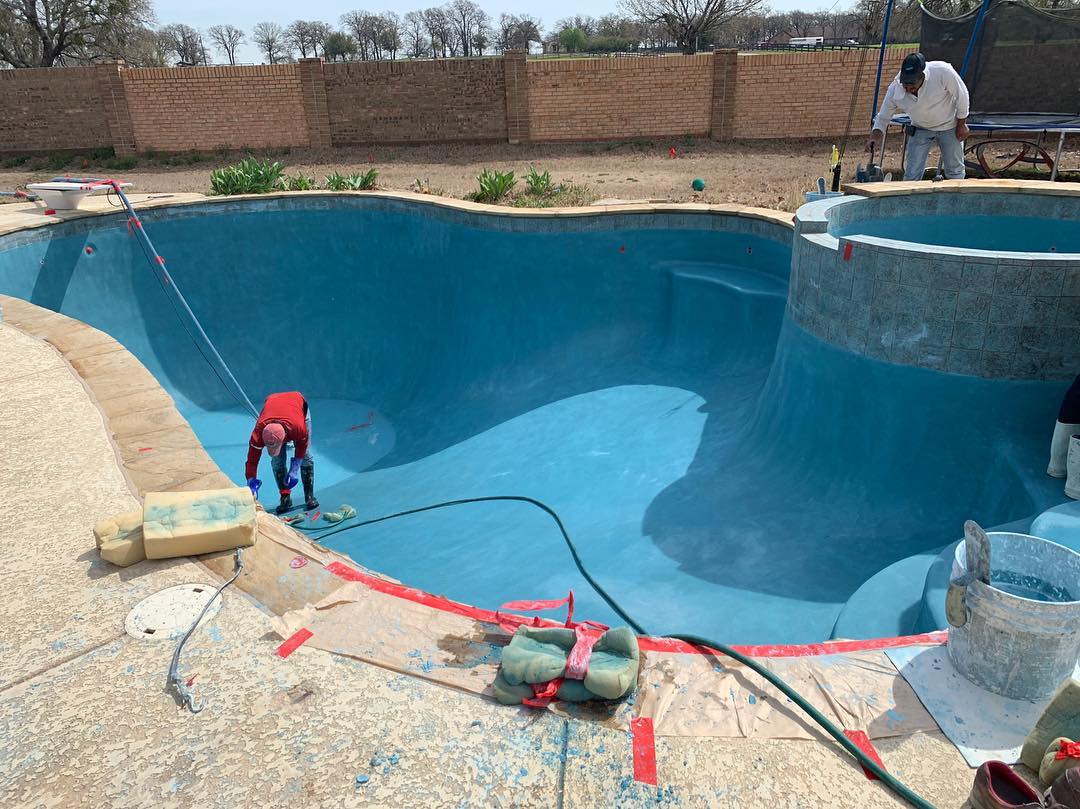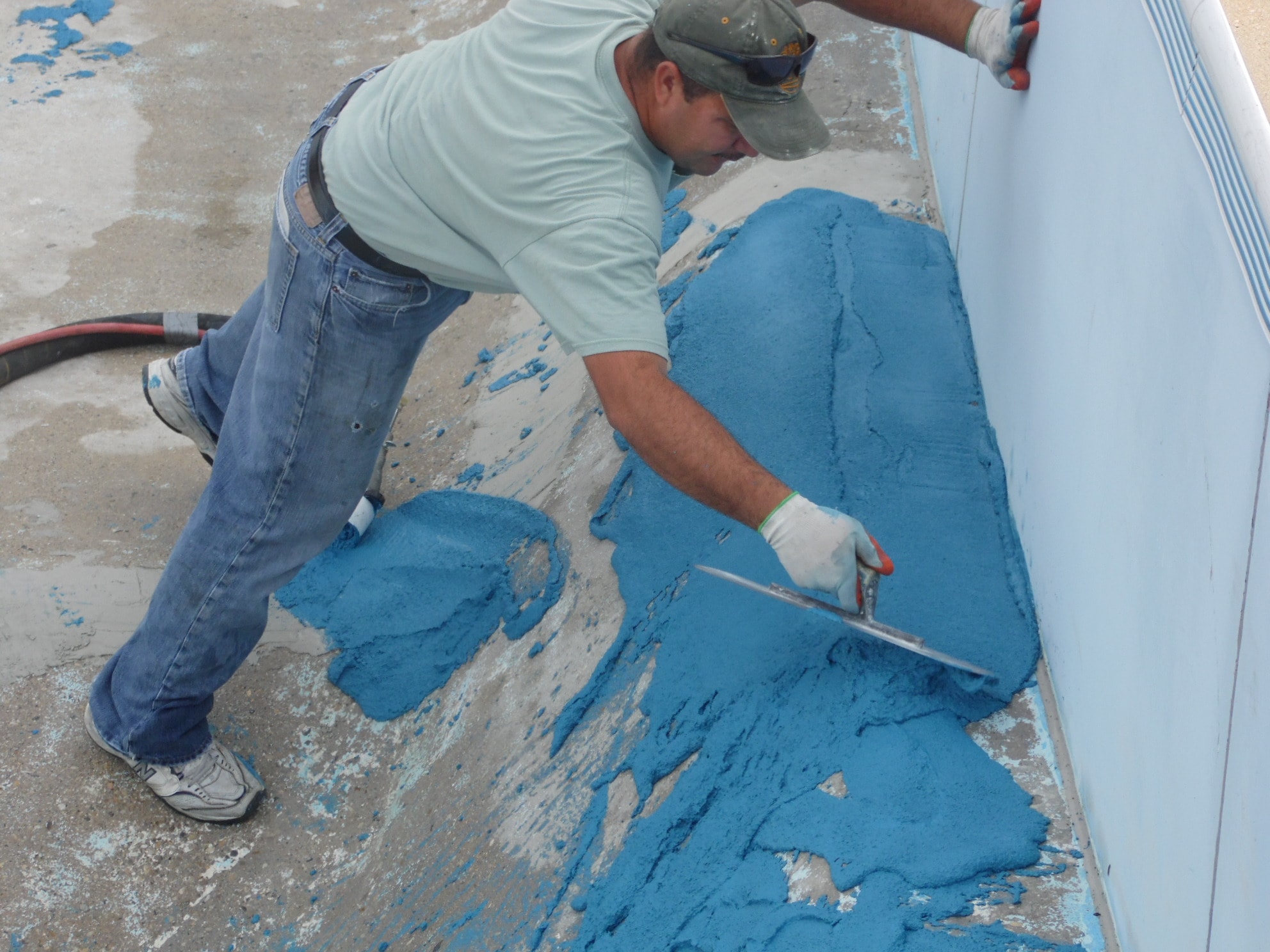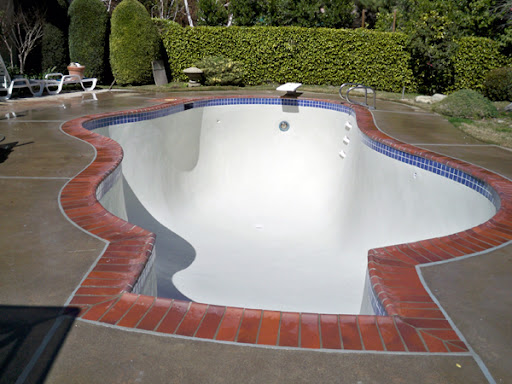
Pool plastering is a complex and challenging task that requires skill and knowledge to achieve the desired results. It involves covering the pool surface with a layer of plaster material to create a smooth and durable finish. The process not only enhances the beauty of the pool, but also protects the surface from wear and tear.
Proper care of your plaster is crucial to ensuring it lasts and retains its beauty over time. In this guide, we’ll explore the step-by-step process of pool plastering, how to choose the right plastering material, and maintenance tips to ensure the longevity of your plaster. How to plaster a pool?
Introduction
A swimming pool is a valuable addition to any home, but requires regular maintenance to keep it looking its best. Pool plastering is one of the most critical aspects of pool maintenance. It involves covering the pool surface with a layer of plaster material to create a smooth and durable finish. Plaster not only improves the aesthetics of your pool, but also protects the surface from damage.
back to menu ↑Prepare pool noodles
The first step in pool plastering is preparing the surface. The pool should be drained and the surfaces cleaned to remove any debris or dirt. Any cracks or chips in the surface should be repaired before the plastering process begins. Having a smooth and level surface is essential to ensure a proper plaster finish.
back to menu ↑Choose the swimming pool plaster
Choosing the right pool plaster material is critical to achieving the desired results. There are several types of pool plaster materials available, including white plaster, colored plaster, and quartz plaster. White plaster is the most common and affordable option, while colored and quartz plasters offer a wider range of aesthetic finishes. When choosing plaster, consider factors such as pool size, desired finish, durability, and cost.
back to menu ↑Apply swimming pool plaster
Once the surface is prepared and the plaster is selected, the plastering process begins. The first step is to mix the plaster with water to create a smooth and consistent texture. Then apply the plaster to the pool surface with a trowel. The first coat of stucco is called a scratch coat, and it creates a rough surface for subsequent coats to adhere to. Allow the scratch coat to dry before applying additional layers of plaster until the desired thickness is achieved. The final layer is smoothed with a trowel to create an even surface.
back to menu ↑Gypsum maintenance and finishing
After the final coat of stucco has been applied, it needs to cure before filling the pool with water. Curing may take several days, depending on the type of plaster. During curing, the plaster must be kept moist to prevent it from cracking. Once the plaster has cured, the pool can be filled with water and finishing work done, such as installing pool tile or adding a decorative finish.
back to menu ↑Maintenance skills
Proper maintenance of pool plaster is essential to ensure its longevity. Regular cleaning, maintaining proper water chemistry and monitoring for signs of damage or wear are essential maintenance measures. It’s also important to address any minor damage promptly before it leads to major damage and costly repairs. Minor damage can be repaired with pool plaster repair materials, available at most pool supply stores.
back to menu ↑In conclusion
In conclusion, pool plastering is an important aspect of pool maintenance, it enhances the beauty of the pool and protects the surface from damage. Selecting the correct plaster material, preparing the surface properly and following proper maintenance practices are critical to ensuring the longevity of the plaster. When cared for properly, your pool will continue to provide you and your family with a beautiful and functional outdoor space.
back to menu ↑Common problem
How long does it take to plaster a pool?
The time it takes to plaster a pool can vary depending on the size of the pool, the type of plaster used, and weather conditions. Typically, the plastering process can take 1-3 days and the curing process can take up to a week.
How often should pool plaster be replaced?
Pool plaster should be replaced every 10-15 years, depending on maintenance and how often the pool is used. Signs that repainting may be necessary include rough spots, cracks or discoloration on the pool surface.
Can I plaster my swimming pool myself, or should I hire a professional?
While it is possible to plaster your own swimming pool, it is a complex process that requires skill and experience. It’s usually best to hire a professional pool plastering company to ensure the best results and avoid costly mistakes.
What factors should be considered when choosing a swimming pool plaster material?
When choosing a pool plaster material, consider factors such as pool size, desired finish, durability, and cost. White plaster is the most common and affordable option, while colored and quartz plasters offer a wider range of aesthetic finishes.
How to maintain the life of swimming pool plaster?
Proper maintenance is essential to ensure the longevity of your pool plaster. Regular cleaning, maintaining proper water chemistry and monitoring for signs of damage or wear are essential maintenance measures. Plus, promptly addressing any minor damage before it leads to major damage and costly repairs can help preserve the life of your plaster.











